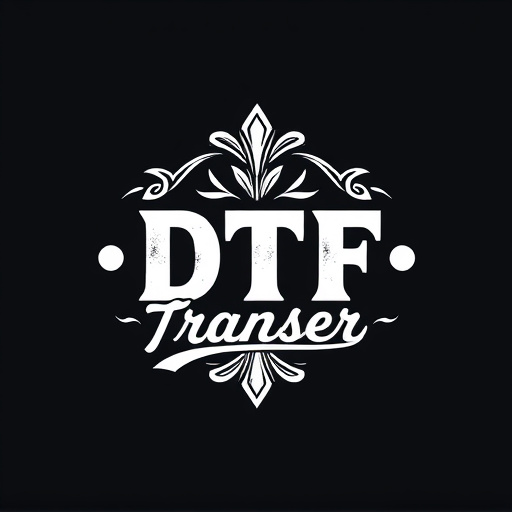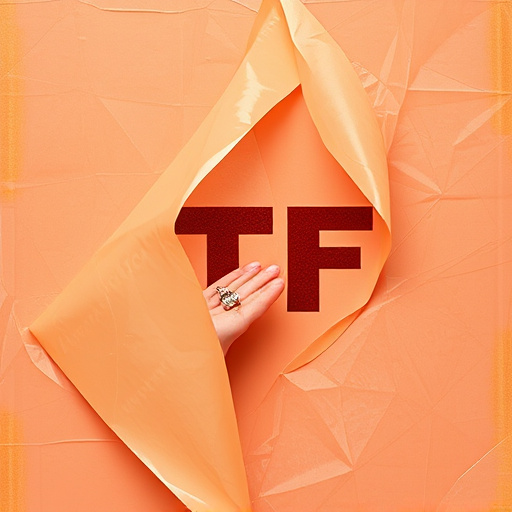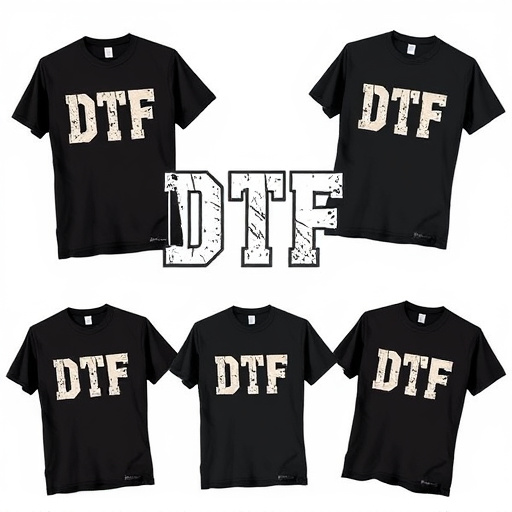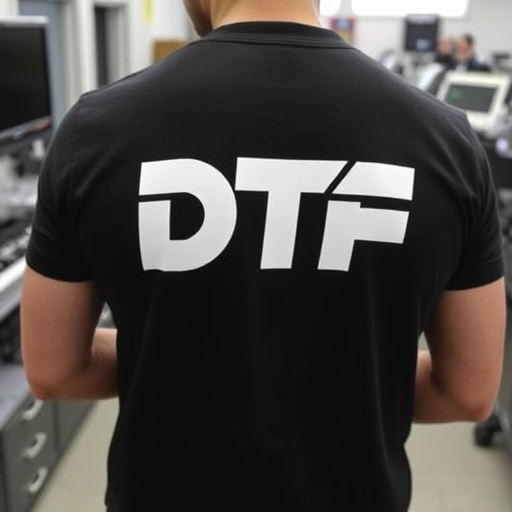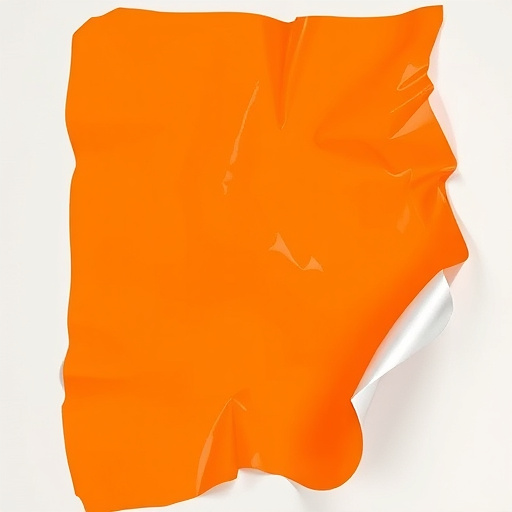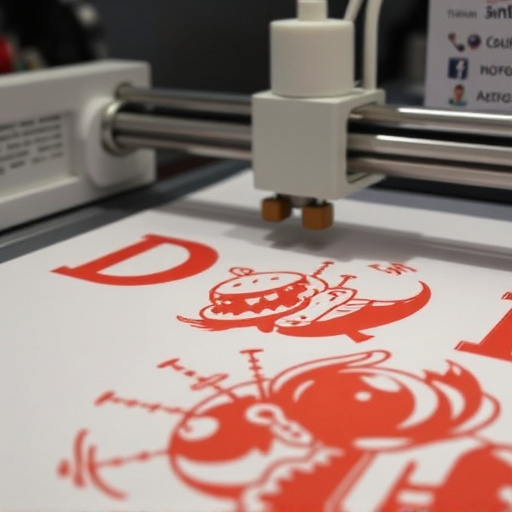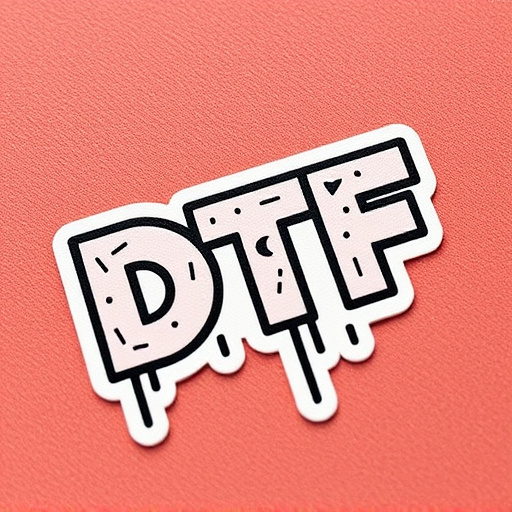Direct-to-Film (DTF) transfers, a tech-driven printing method, offer businesses high-quality customization on diverse surfaces. Pricing these services strategically involves balancing production costs, market demand, and customer expectations. Businesses can maximize profitability by implementing tiered pricing based on order volume, design complexity, and fabric type, coupled with loyalty programs, while staying competitive in the DTF printing for t-shirts market.
Direct-to-Film (DTF) transfers are a unique way to capture and sell film footage, offering both creators and buyers distinct advantages. This article delves into the art of pricing DTFs for profitability, guiding you through essential strategies and considerations. From understanding market value to key factors influencing rates, you’ll learn how to set competitive prices that maximize returns. By mastering these techniques, content creators can effectively monetize their film assets in today’s dynamic market.
- Understanding Direct-To-Film Transfers and Their Market Value
- Pricing Strategies for Optimal Profitability
- Key Factors to Consider in Setting Direct-To-Film Transfer Rates
Understanding Direct-To-Film Transfers and Their Market Value
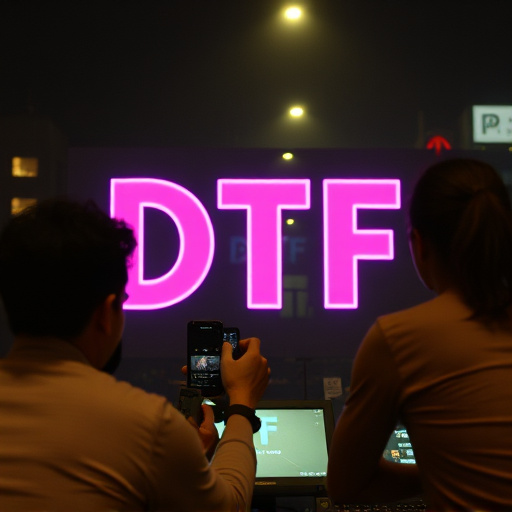
Direct-to-Film Transfers (DTF) represent a cutting-edge technology that allows for the direct printing of high-quality images and graphics onto various surfaces, such as vinyl, fabric, or even metal. This innovative process has gained significant traction in recent years, driven by advancements in printer technology and the growing demand for custom, on-demand products. The market value of DTF transfers is influenced by several factors, including the type of material used, print quality, design complexity, and the overall demand from various industries like fashion, signage, and events.
For profitability, businesses offering DTF transfers need to strike a balance between securing high-quality materials, investing in state-of-the-art printers (like dtf transfer film or dtf printers), and pricing their services competitively while ensuring a healthy profit margin. Understanding the market dynamics and staying attuned to industry trends will help entrepreneurs set appropriate prices for their DTF transfers, thereby fostering growth and sustaining success in this dynamic marketplace.
Pricing Strategies for Optimal Profitability
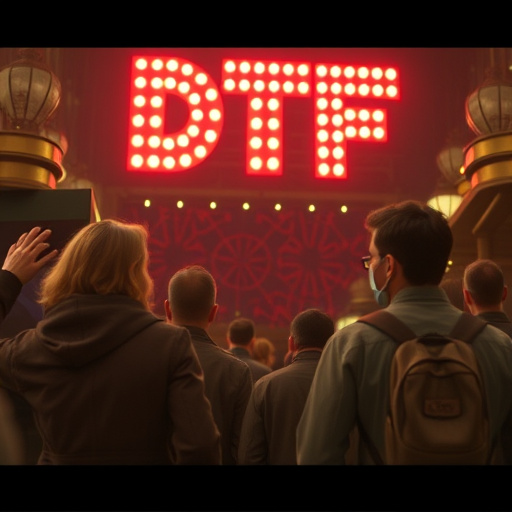
Setting the right price for Direct-to-Film (DTF) transfers is a delicate balance between maximizing profit and maintaining customer competitiveness. The key to optimal pricing lies in understanding your production costs, target market, and the unique value proposition of DTF technology. For instance, offering direct to film personalized hoodies comes with varying material, design complexity, and printing specifications that directly impact price points.
A strategic approach could involve tiered pricing based on order quantity, design complexity, and fabric type. For example, using dtf transfer sheets for simple designs on plain t-shirts might have a lower unit cost than intricate artwork on premium fabrics. Additionally, offering discounts for bulk orders or loyalty programs can attract repeat customers without compromising margins. By combining these strategies, businesses can achieve profitability while staying competitive in the DTF printing for t-shirts market.
Key Factors to Consider in Setting Direct-To-Film Transfer Rates

When setting rates for Direct-to-Film (DTF) transfers, several key factors come into play. The primary consideration is the cost involved in the process—from raw materials to labor and equipment maintenance. Each dtf printer has varying capabilities and efficiencies, so understanding the specific technology and its associated costs is essential. Additionally, the complexity of the design plays a significant role; intricate details and vibrant colors require more time and resources, thus impacting the final price. Market demand and competition should also guide your rates—analysing similar services in your area will give you a benchmark to ensure profitability while remaining competitive.
Furthermore, consider the target audience and their expectations. High-quality DTF transfers for professional applications might command premium prices, whereas more affordable options could be targeted at casual users or those with smaller budgets. Customization options, such as different materials, finishes, or special effects, can also justify higher rates. Ultimately, balancing these factors will enable you to set competitive and profitable Direct-to-Film transfer rates.
Direct-to-Film Transfers (DTFTs) present a lucrative opportunity for content creators and businesses. By understanding the market value, implementing strategic pricing, and considering essential factors, you can ensure profitability in this dynamic sector. Balancing supply and demand, factoring in production costs, and staying abreast of industry trends will enable you to set competitive rates that maximize returns on your DTFT offerings.
